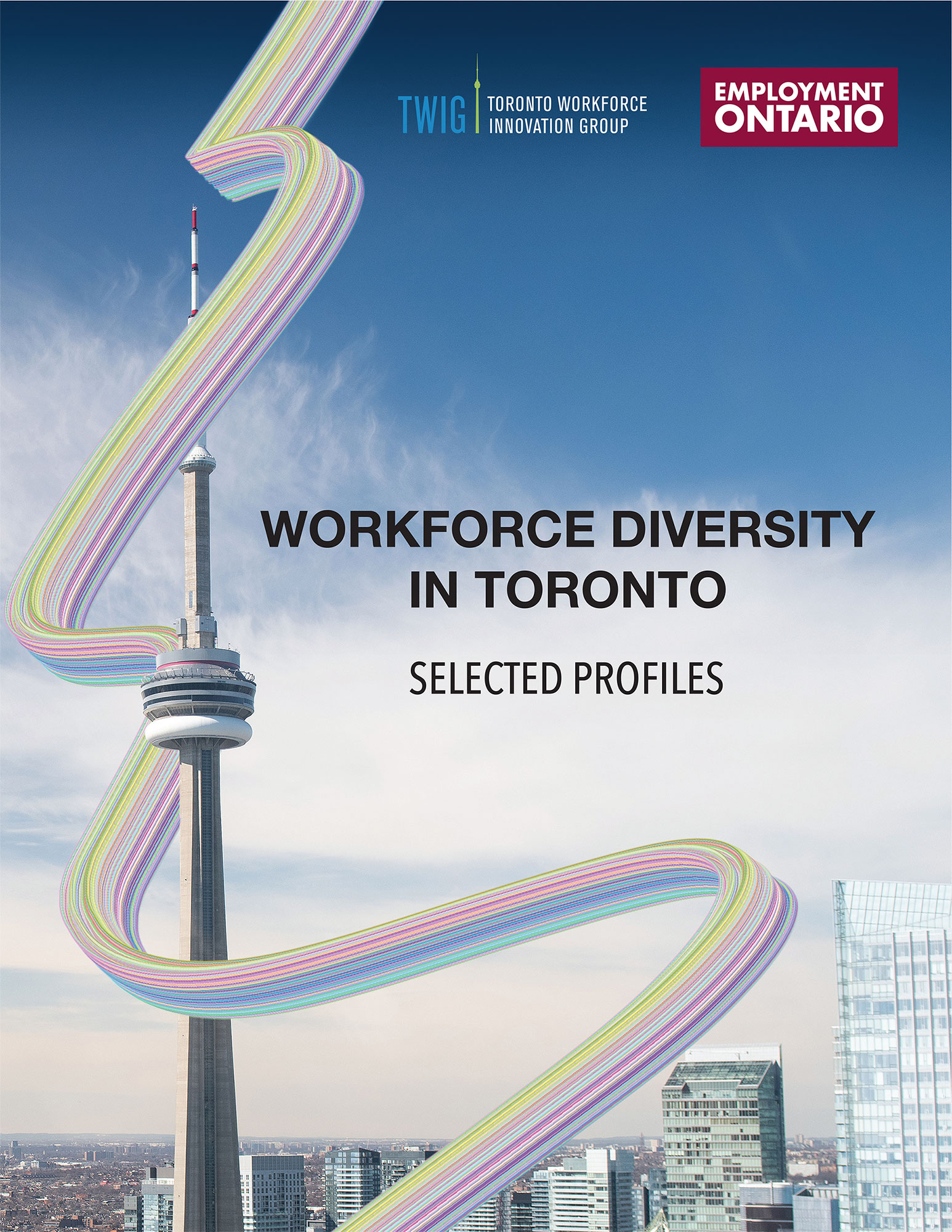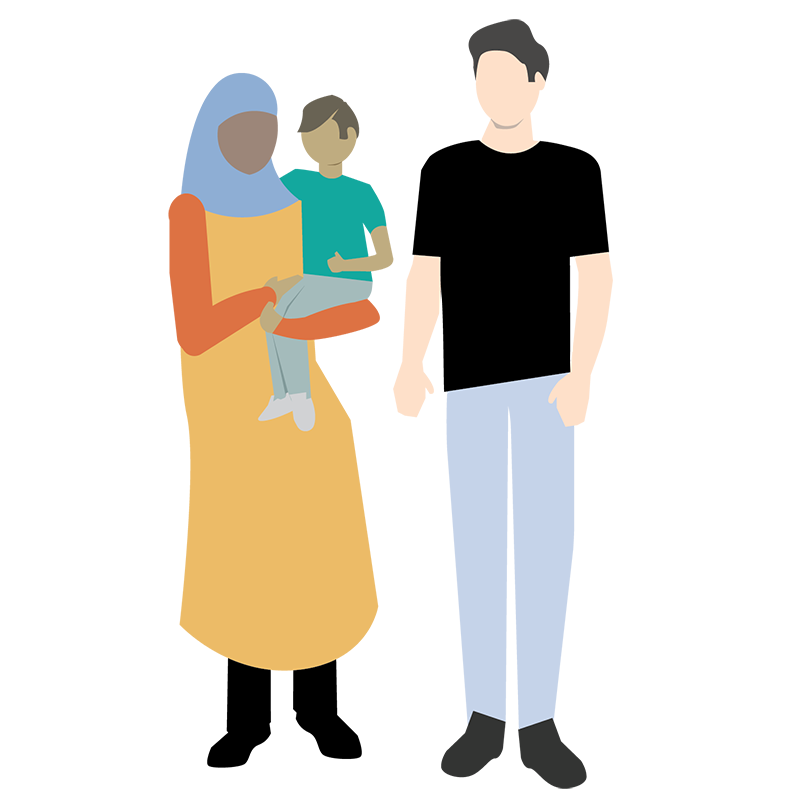Workforce Diversity Profiles
Newcomers (2011-2021)


Toronto has a long history of immigration. People from all over the world have chosen and continue to choose Toronto as their new home. The term “newcomer” refers to someone who has been in Canada for a short time, usually less than 5 years. A newcomer can be an immigrant or a refugee who moved from their country of origin to another country. For the purposes of this profile, we examine two cohorts of newcomers, those immigrating to Toronto from another country between 2011-2015 and for the period of 2016-2021.
Gender
More newcomer women are part of Toronto’s workforce than their male counter parts. The gender divide is slightly higher than for the workforce as a whole.
Education
Newcomers have significantly higher levels of university education than for the workforce as a whole. As with the general workforce, newcomer women are more highly educated than men. It is worth noting that more recent newcomers (2016-2021) have a university degree than for those part of the 2011-2015 cohort reflecting Canada’s policy changes to immigration in 2015.
Income
Despite having higher levels of educational attainment (see chart below), both newcomer women and men earn significantly less than the rest of Toronto’s workforce. This issue has been well documented although, as noted by Statistics Canada, there has been some improvement in the earnings gaps for immigrant men and women over the past two decades. The easing of the gap is attributed to immigrant selection criteria and favourable economic conditions. A recent report from the Parliamentary Budget Officer notes that the gain in relative median income occurred disproportionately in a few broad occupational categories including engineers, applied scientists, teachers, accountants, and physicians.
Newcomers
Newcomers make up a sizeable portion of Toronto’s overall workforce. A slightly higher percentage of those immigrating from 2016 – 2021 are part of the labour force than for the 2011 – 2015 immigrant cohort.
Job by Occupation
Newcomers to Canada are far more likely to have an occupation in natural and applied science than the workforce as a whole. Indeed, the percentage of newcomers working in these occupations increased between the two cohorts. Curiously, there was a significant shift in the percentage of women newcomers working in health care occuptations. While 11% of newcomer women immigrating to Canada between 2011-15 were in health care occupations, only 6.7% of women immigrating to Canada from 2016 to 2021 held a health care occupation.
Job by Industry
Newcomers (2016-21) living in Toronto are far more likely to work in the Professional, Scientific and Technical Sector than for the workforce as a whole and for newcomers who immigrated from 2011-15. This dynamic can also be seen in the Finance and Insurance Sector. More recent newcomers are less likely to work in Healthcare and Social Assistance than newcomers who arrived earlier.
As a whole, newcomers are less likely to work in Education and Arts and Entertainment than for Toronto’s overall workforce.
Final Thoughts
Immigrants to Toronto face a number of barriers to full labour market integration including the lack of recognition of foreign credentials and experience, the need for language and communication skills specific to the workplace, and employers’ desire for Canadian work experience.
While inroads towards reducing income gaps have been made, it is incumbent upon Toronto’s business community to do better since immigrants have long been a central pillar of Toronto’s economic and cultural fabric. They are well-educated. Newcomers can help to fill labour market and skills shortages and contribute to innovation and workplace diversity.
As stated by Canadian Senator Ratna Omidvar – “If you want to sell for a diverse market, you need to hire for it.”